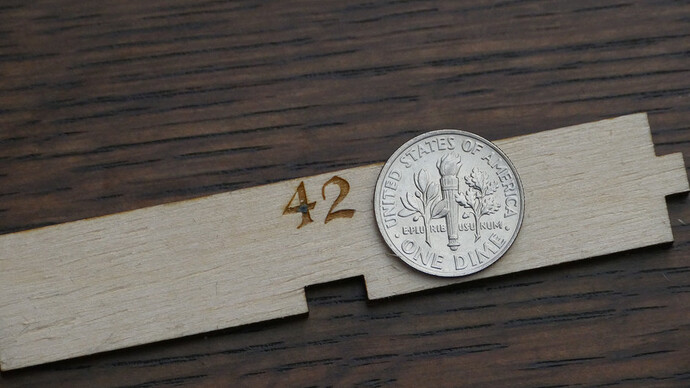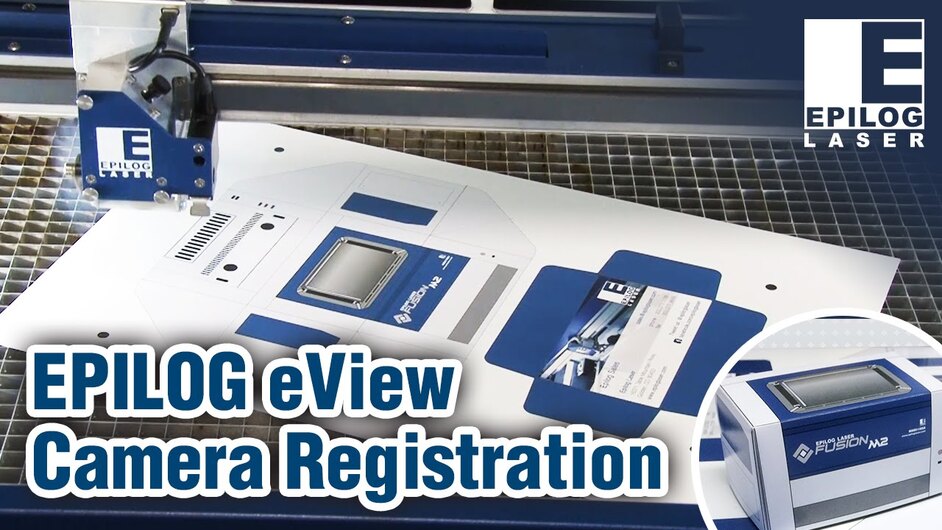Suggestions and thoughts on this topic
One of my aims is to make board game components. I’m going to outline my specific needs, but I think they are relevant to a lot of different applications.
I want to print double sided tokens, cards and other stuff.
The problem is that printers are just rubbish at printing consistently aligned sheets, so there are always registration/alignments issues.
As a use case, think of cutting out a large number of small square tokens from a sheet of them (think old school war games if that helps).
Problem 1: Registering the first side
Best solution I could come up with is to have a printed cross hair on the printed sheet and in software a cross hair and rotate option. You firstly line up the two cross hairs, then nudge rotate around the cross hair to straighten up against the print.
There are probably other ways of doing it to, but rotate around a cross hair is so much easier than rotating and nudging up and down around the centre of the piece. With a cross hair - you don’t have to have it central to the print (which may not be possible). You can put the cross hair in one corner, line it up, then nudge rotate around that point until everything else lines up. With rotate around the centre you also have to keep nudging up/down, left/right.
Problem 2: Double sided printing.
Now here the problem is somehow gluing two sides together so they are aligned. Assume that I am printing to two sheets of card (or sticky paper) and have to glue them together.
Option 1: Use the GF to trim both sheets so they are exact same size, flip one over and glue with the edges perfectly aligned.
Then put it back in the GF to actually cut the tokens out.
Option 2: Use the GF to make a jig with prongs in top left and bottom right corners.
Use the GF to drill small holes in front and back sheets to match up.
Put one face down over the prongs, the other face up to glue them together.
Return to GF to cut the tokens out.
I’m sure there ought to be an easy way - but I don’t know what it might be.
Any other suggestions?


